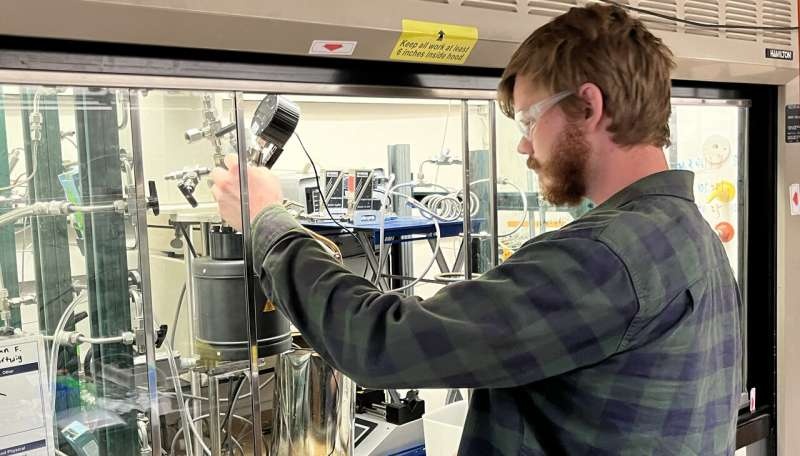A new groundbreaking process developed at UC Berkeley can transform regular plastic waste into carbon-hydrogen molecules that are used to produce high-quality new plastics, laying the financial groundwork for a true circular economy.

The Alchemy of Plastic Waste
Plastic pollution is a serious issue with billions of tons of plastic waste in landfills, on the seas and everywhere else. But what if we made this a chance?
Scientists at the University of California, Berkeley, have developed a ground-breaking new technique using catalytic pyrolysis that can master how to ‘vaporize’ petrochemical plastics so they revert to the molecular building blocks from which they are made – and unlock its potential as one of tomorrow’s most enviable fuels. This discovery represents a significant step forward in the global fight against plastic waste, as it will allow for more efficient and economical recycling of many of the most widely used — and noxious-to-the-environment — plastics.
At the heart of this effort are a pair of custom catalysts — one to crack the polymer chains and another to transform their fragments into high-value hydrocarbons like propylene and isobutylene. This can be captured and used to produce new plastics (closing the loop), made from recycled material rather than fossil feedstock.
Tackling the Plastic Plague
For example, polyethene and polypropylene plastics — commonly used to make bags or household furniture — constitute two-thirds of the plastic trash put out by consumers globally. However, as much as 86% of this plastic ends up in landfills, incinerators or worse still — littered in our oceans and waterways.
The traditional ways that we recycle that type of plastic into something new like a bench, and are relatively low-value products – or decking materials, flower pots. This innovative catalytic process developed at UC Berkeley, it’s a game-changer because it changes that waste into high-value raw materials for making new plastics.
The simplicity with which the researchers achieve this is elegant – their combination of best-of-both-worlds solid catalysts can effectively chop the long polymer chains of polyethene and polypropylene into monomers suitable for creating new, recycled plastics. By closing the loop our reliance on fossil fuels, for virgin plastic production is minimised and we reduce the amount of plastic waste we are generating which in turn helps to limit the level of environmental devastation our addiction to plastic has wreaked to date.
Conclusion
The catalytic process is a milestone in the pursuit of truly sustainable plastics with general circularity. The transformation of this ubiquitous 21st-century polluter into high-quality raw materials can help minimize the environmental harm caused by plastic waste generation and decrease new fossil-based plastic production. Though challenges remain, this advancement provides a promising peek into the future when where our plastic waste becomes an asset rather than another mounting global disaster.
